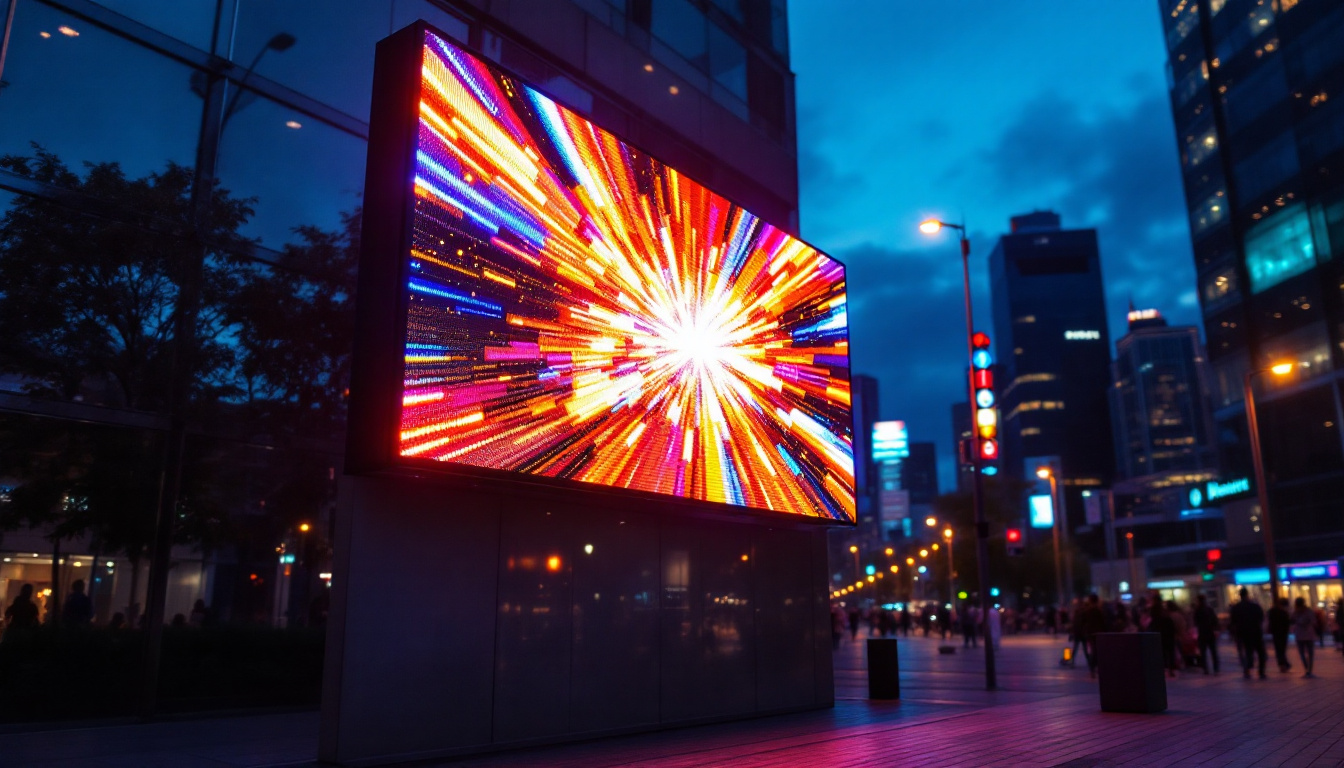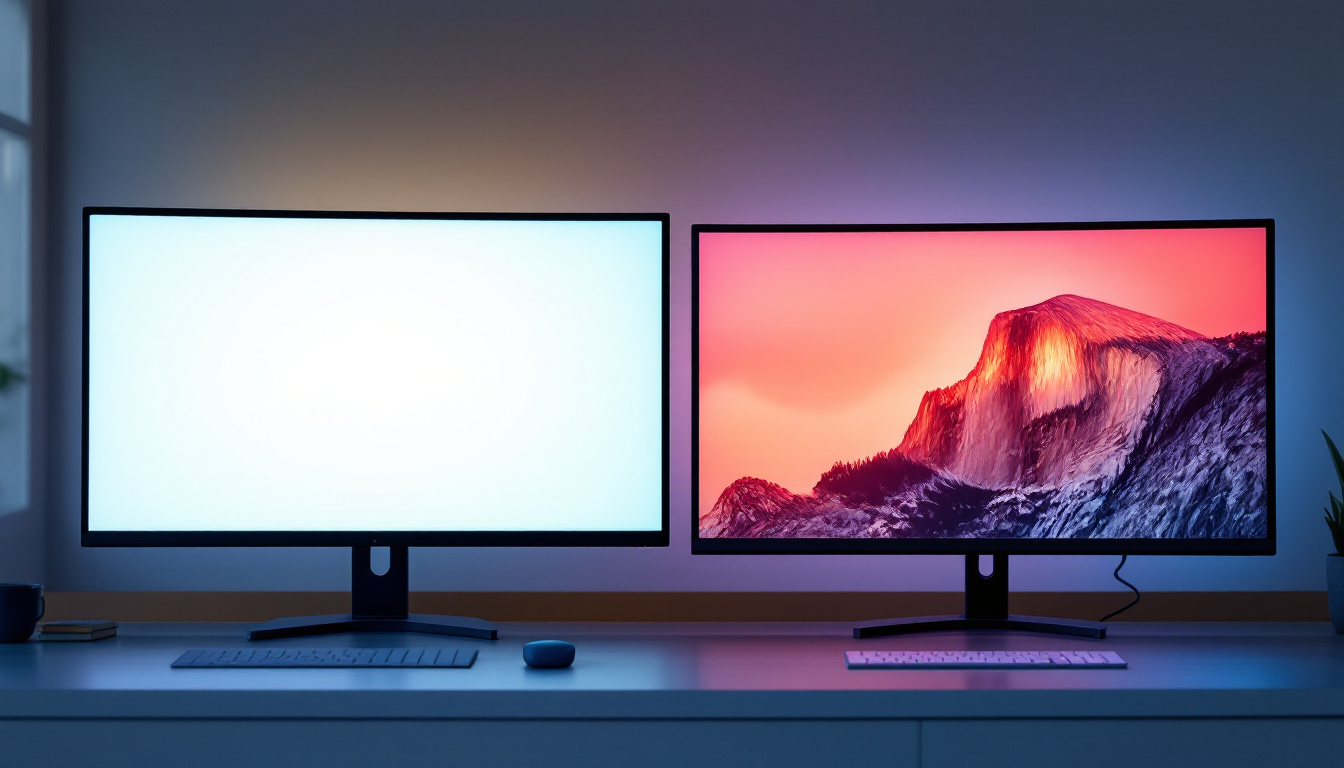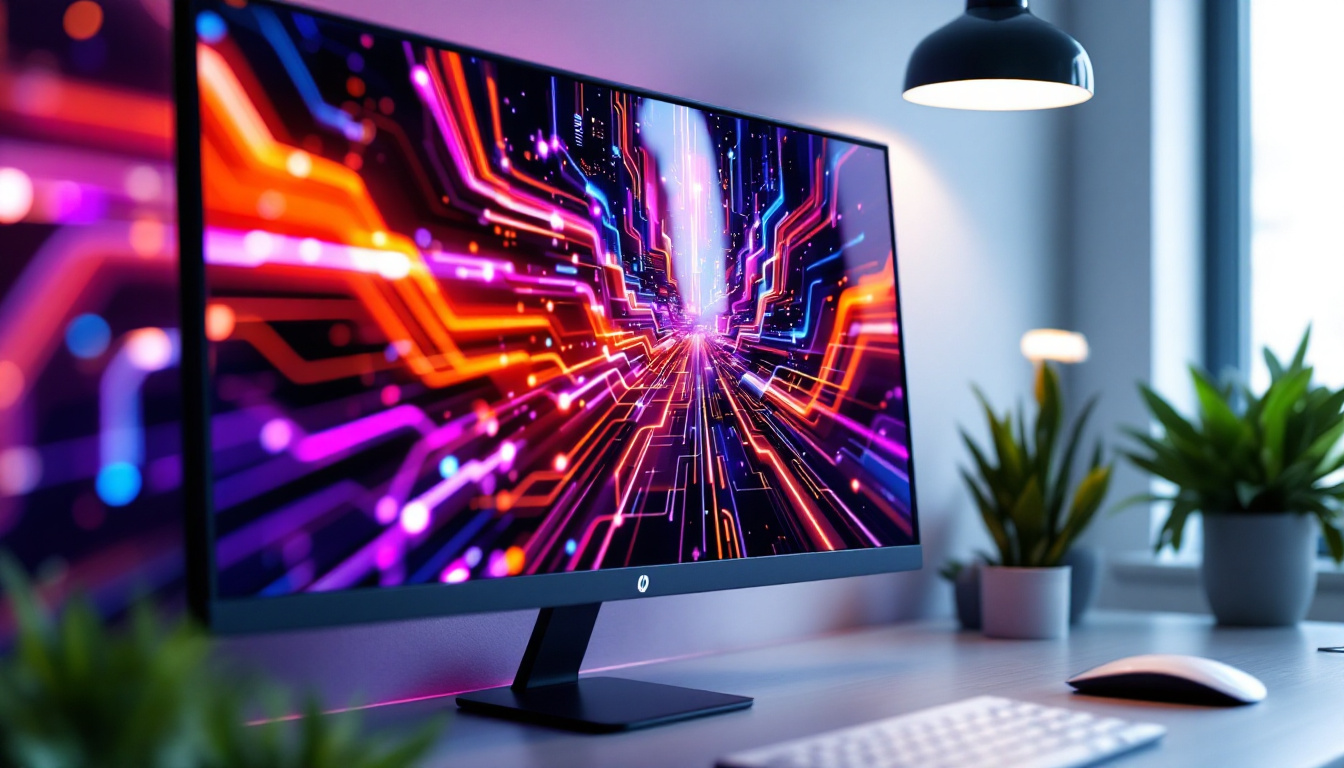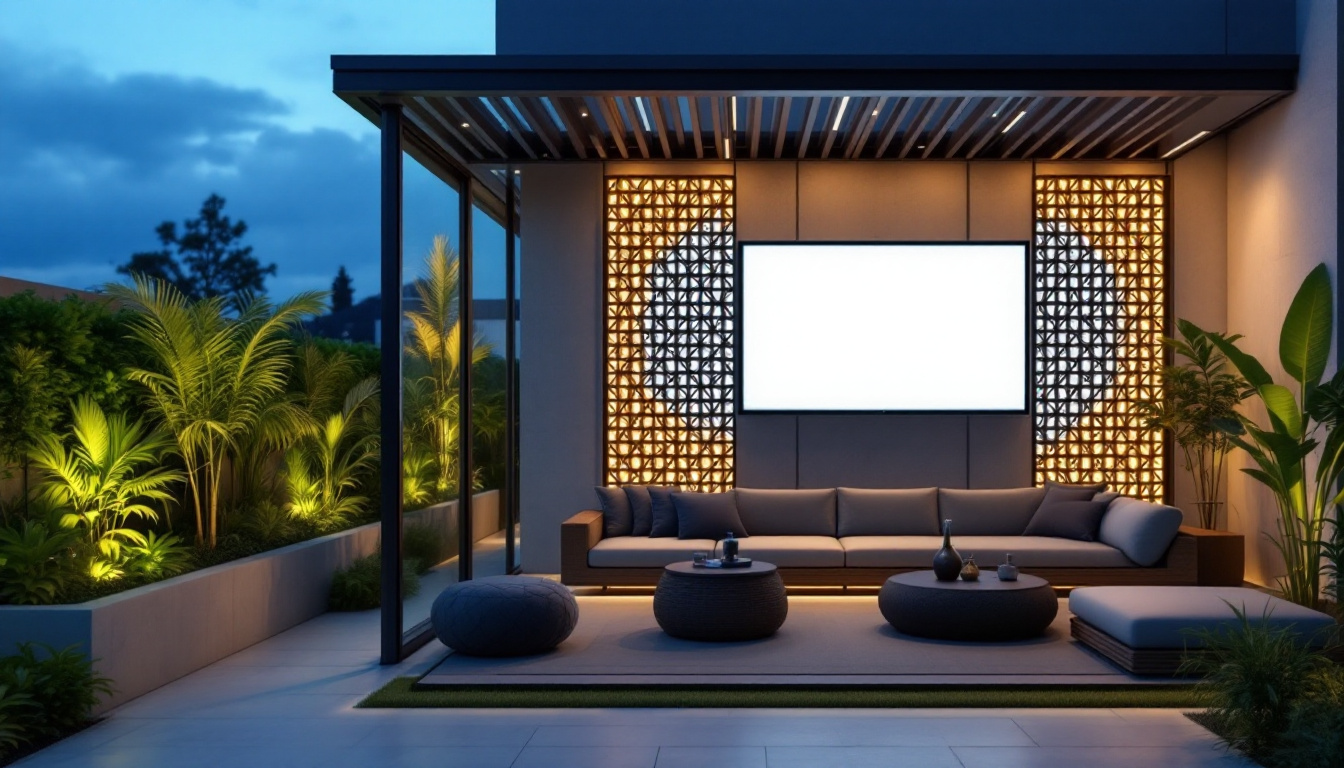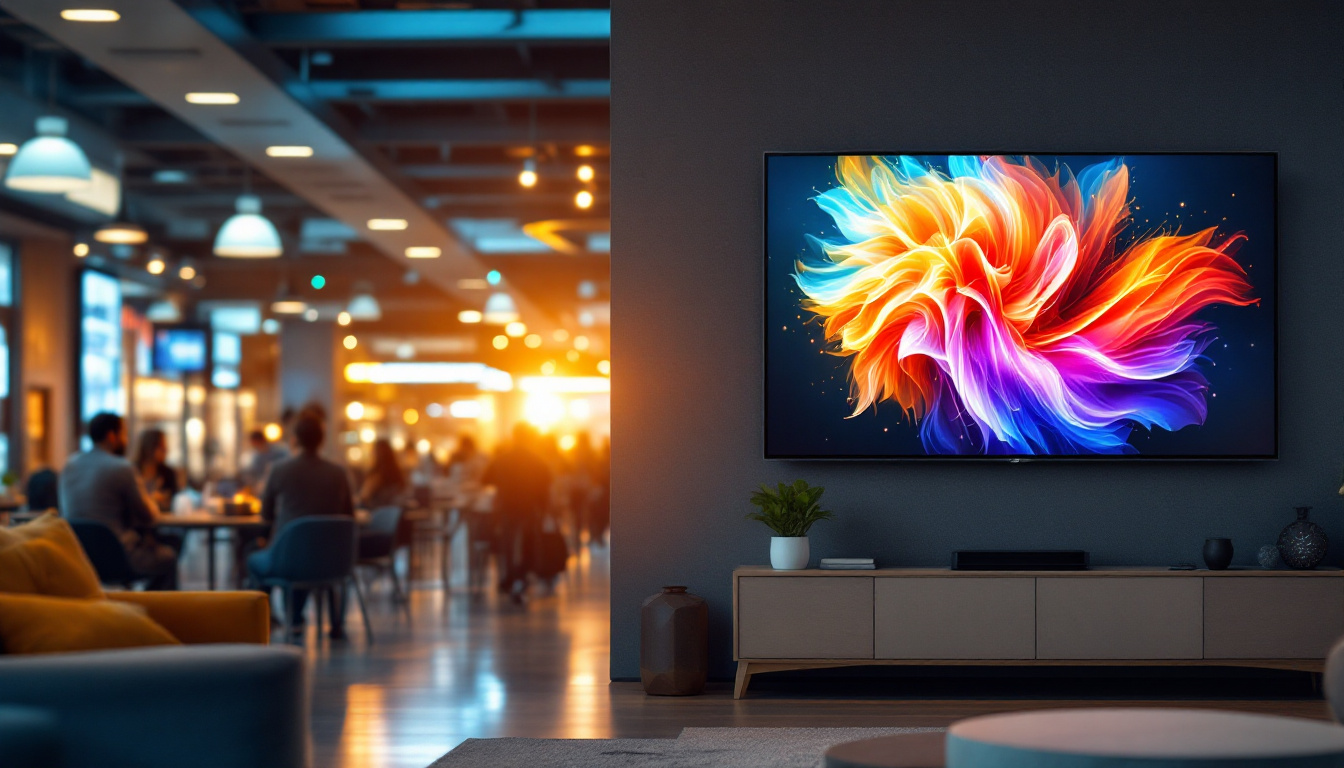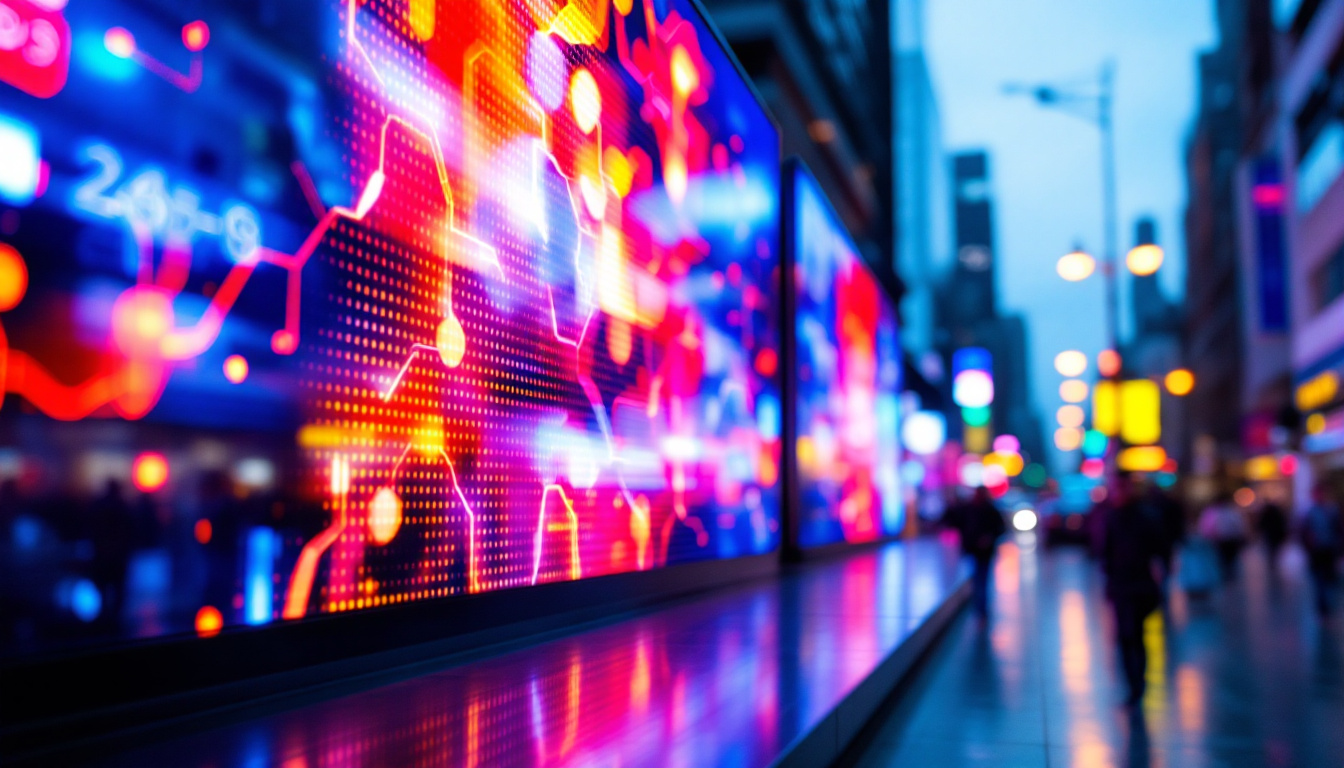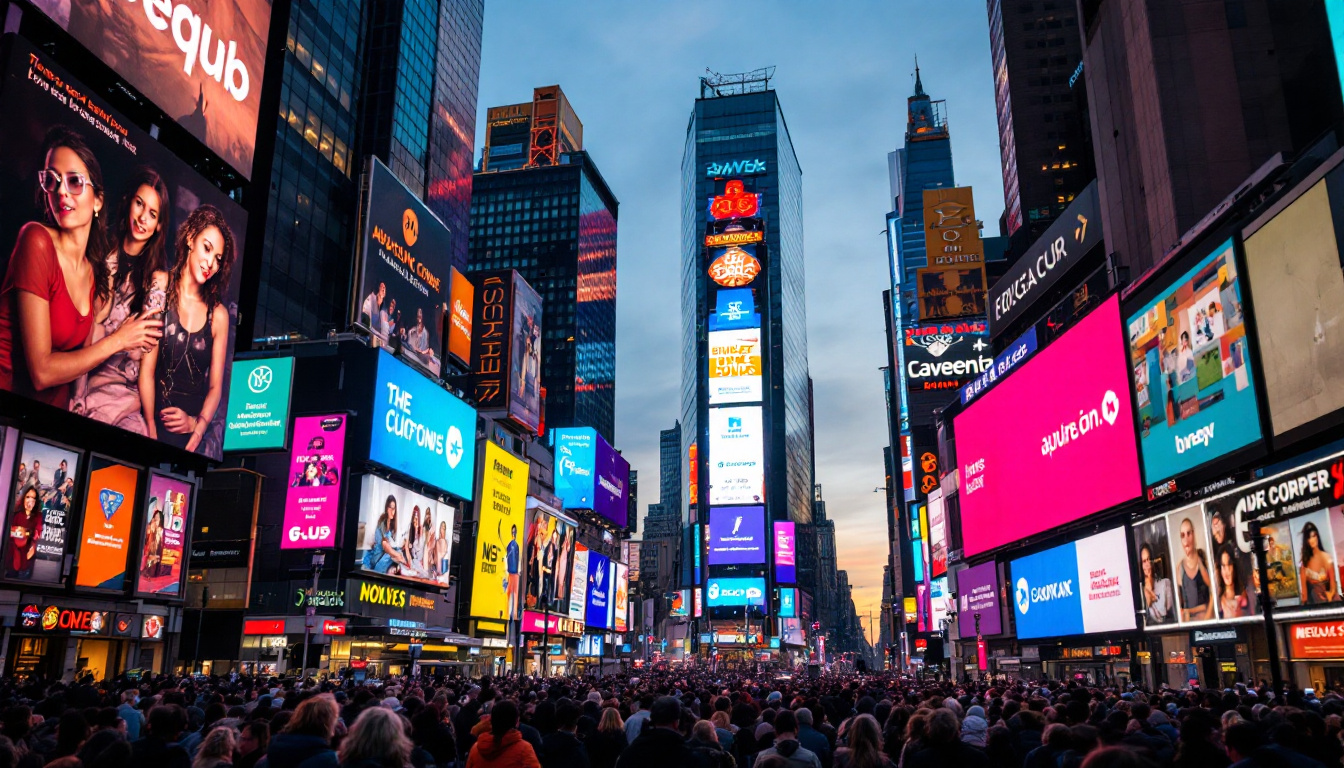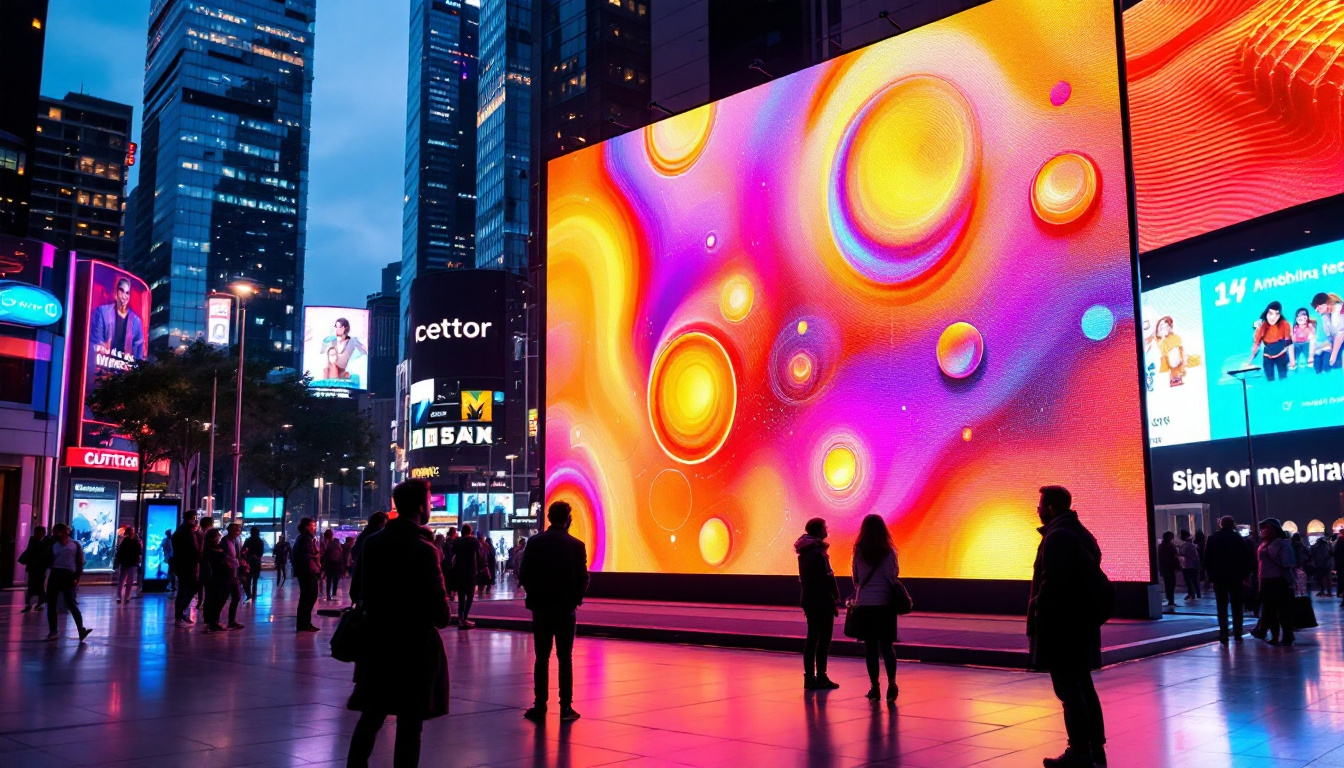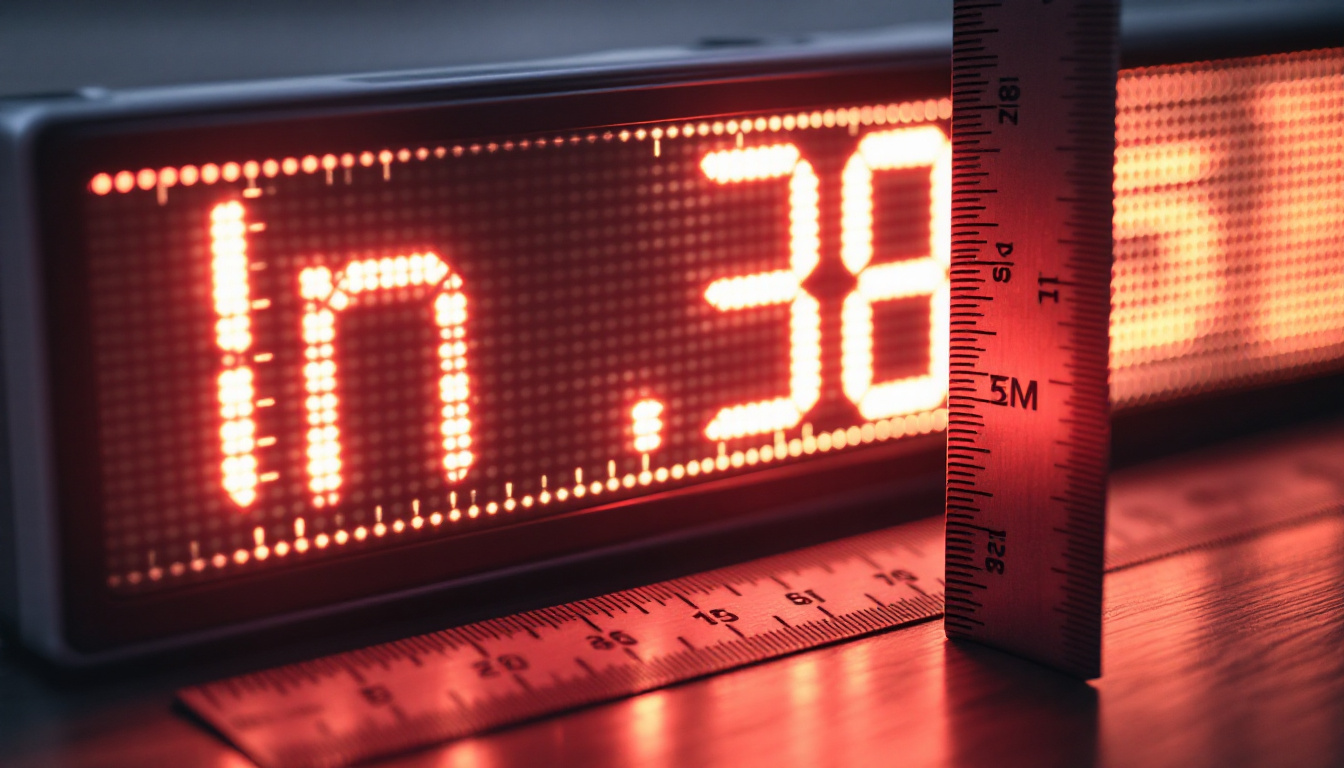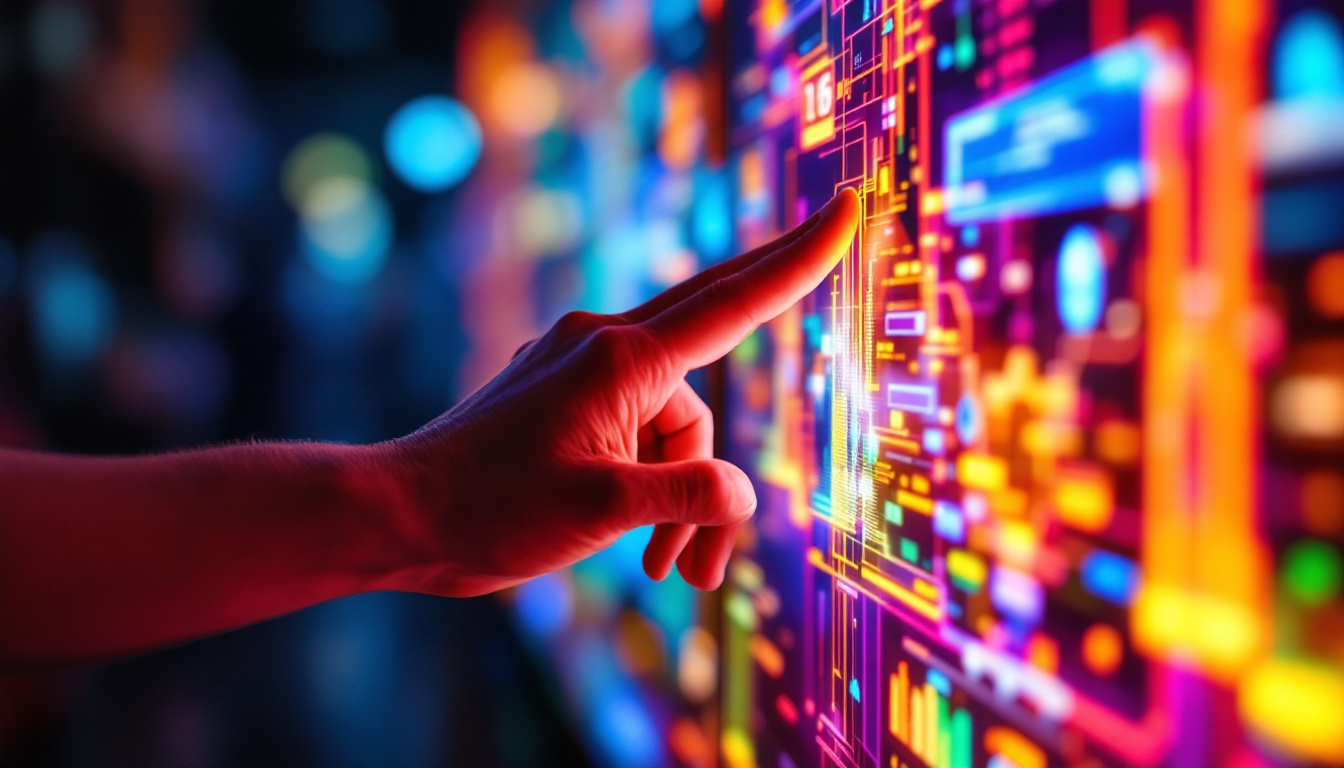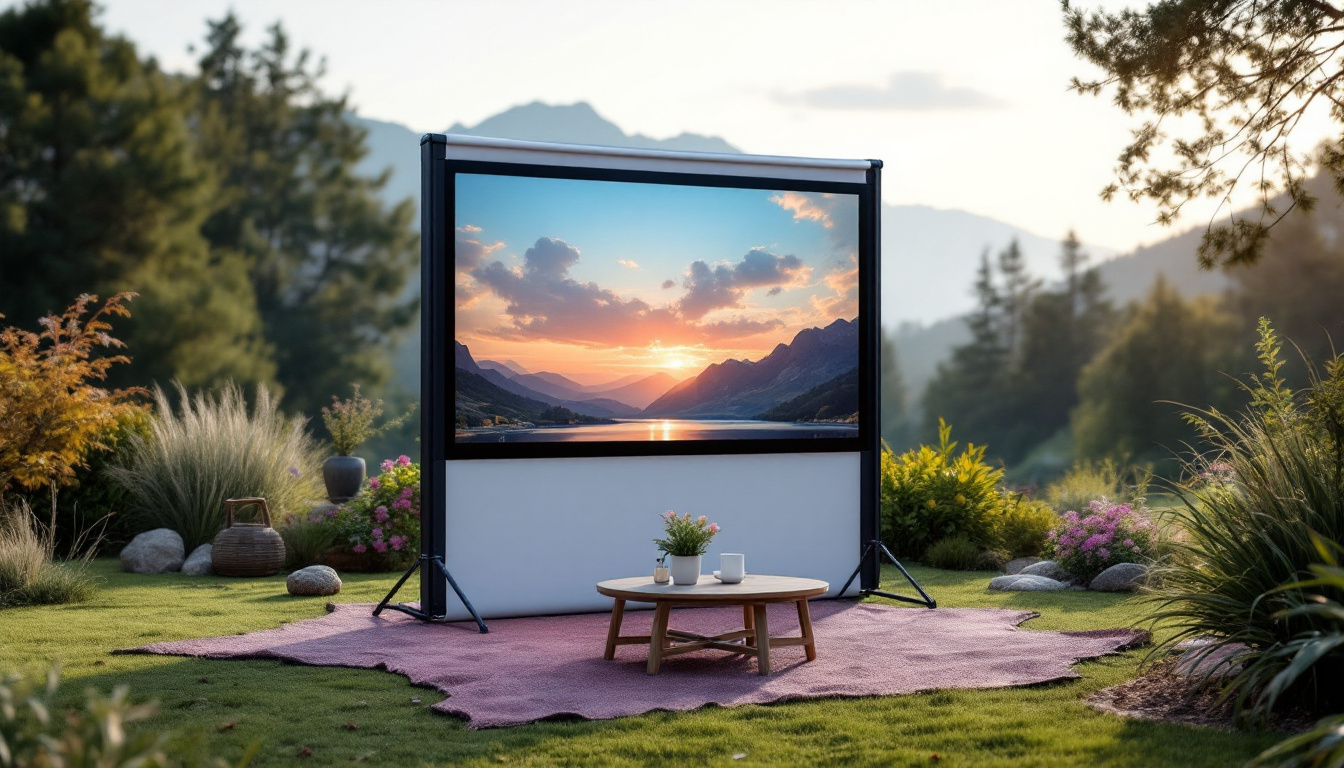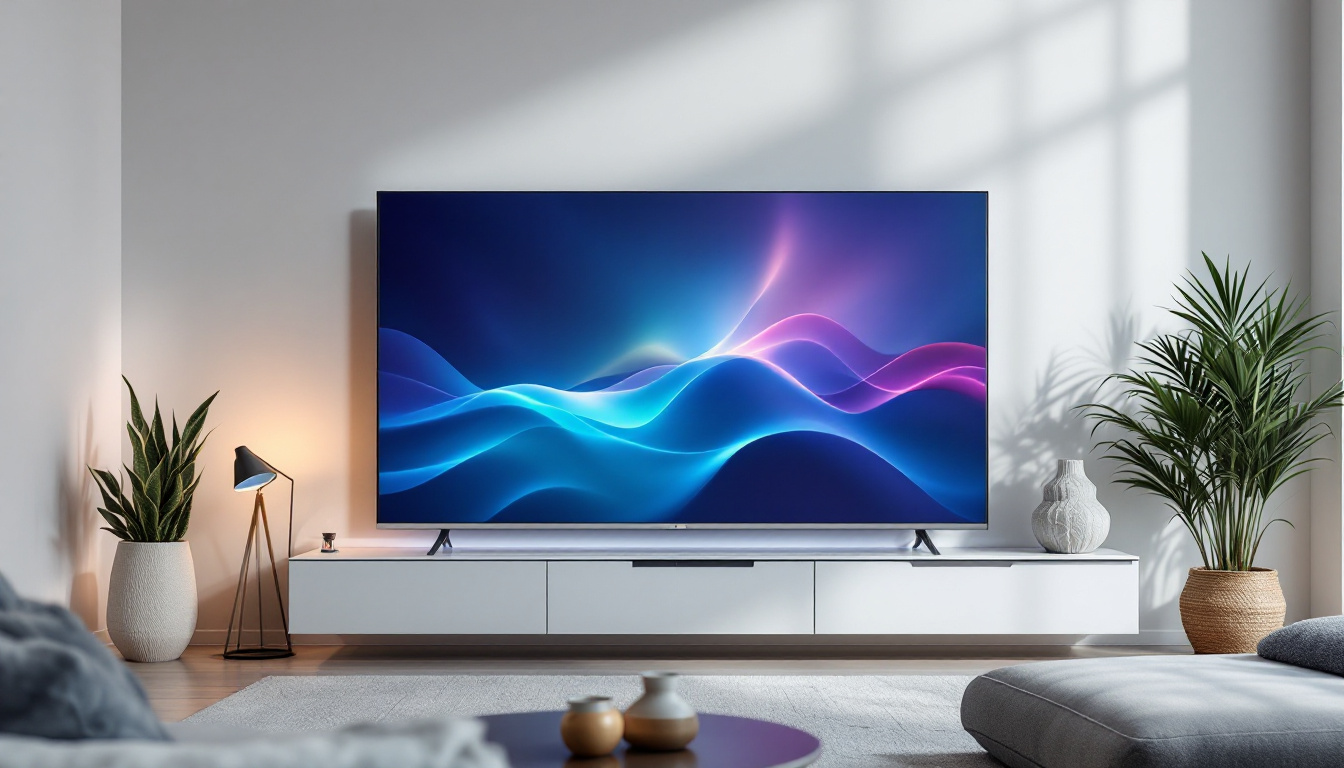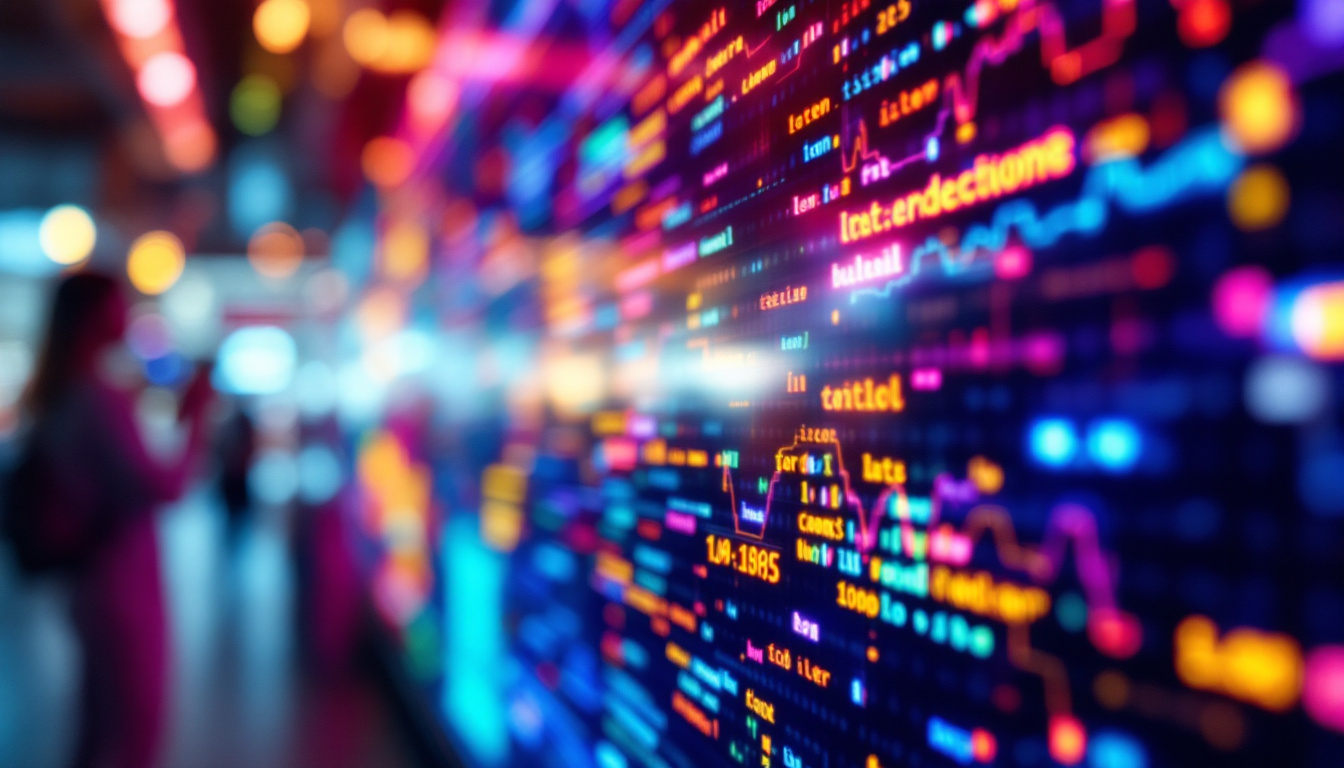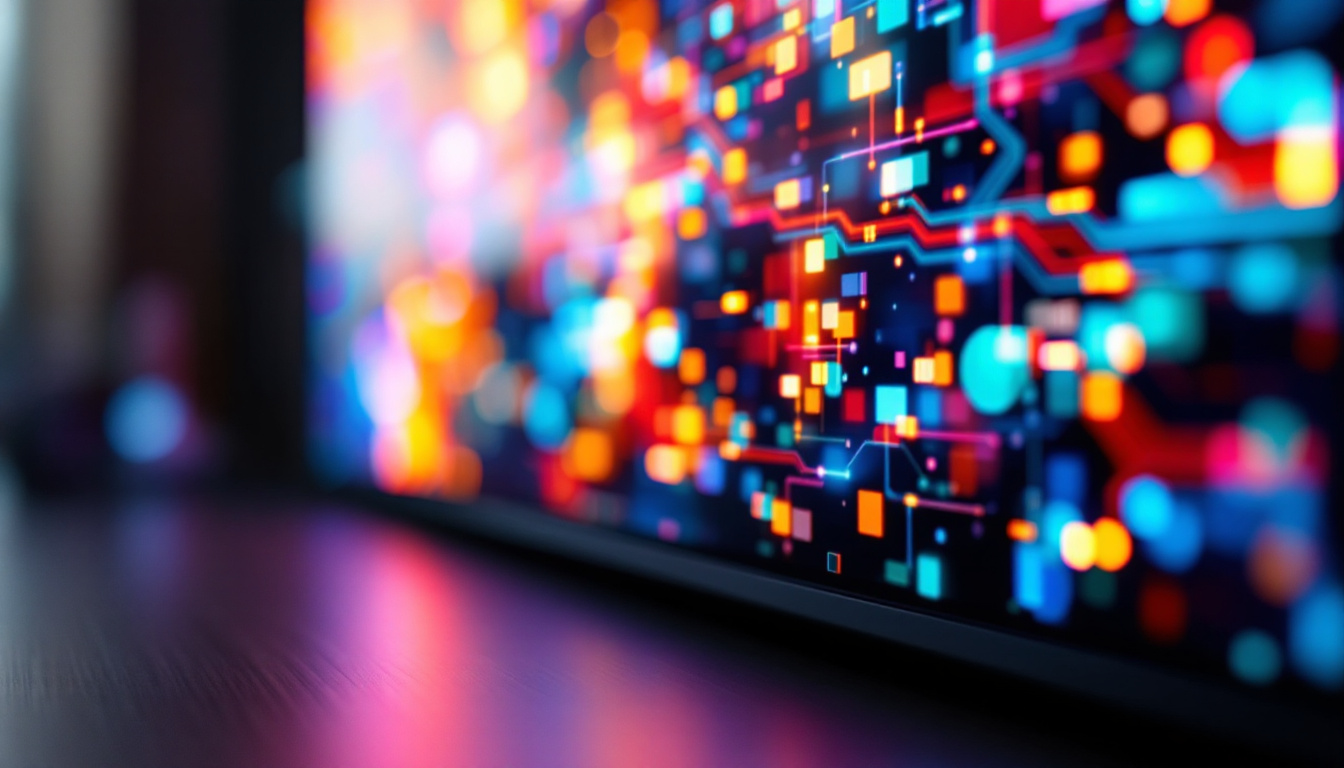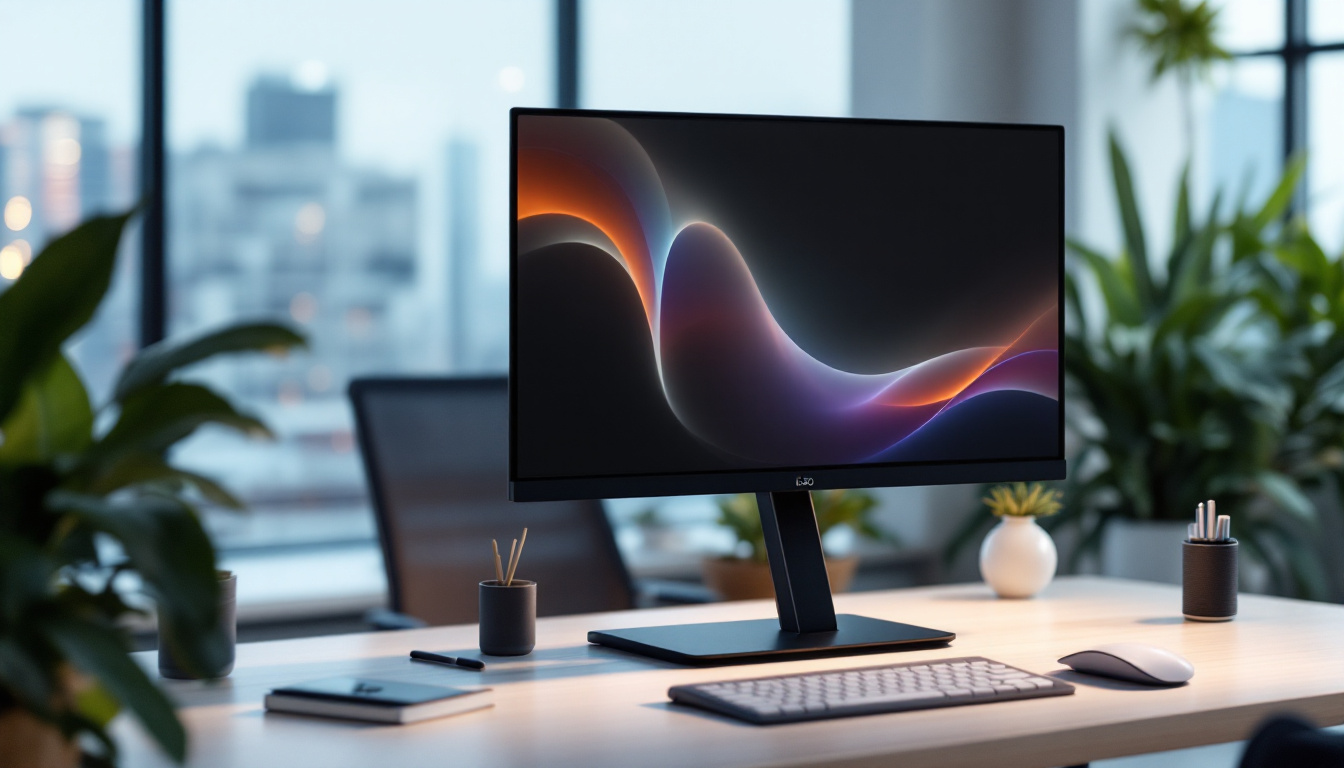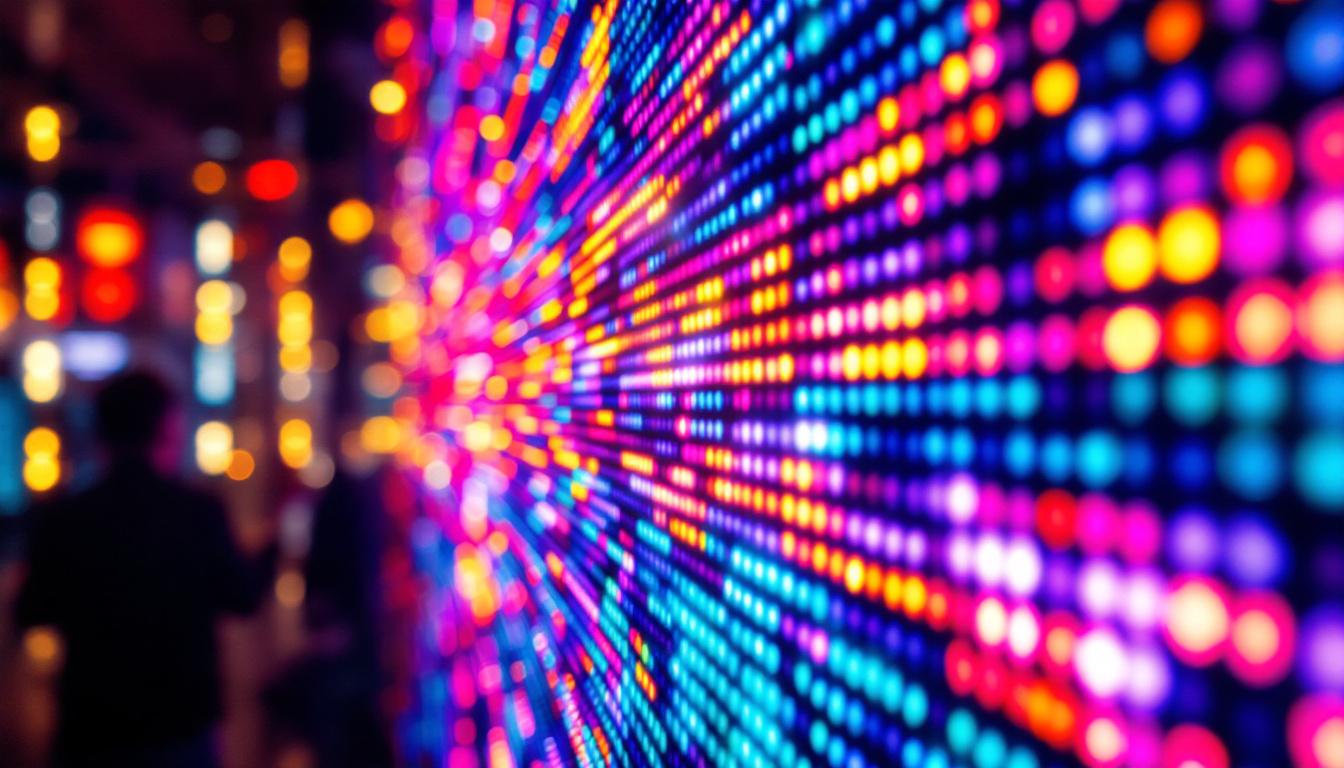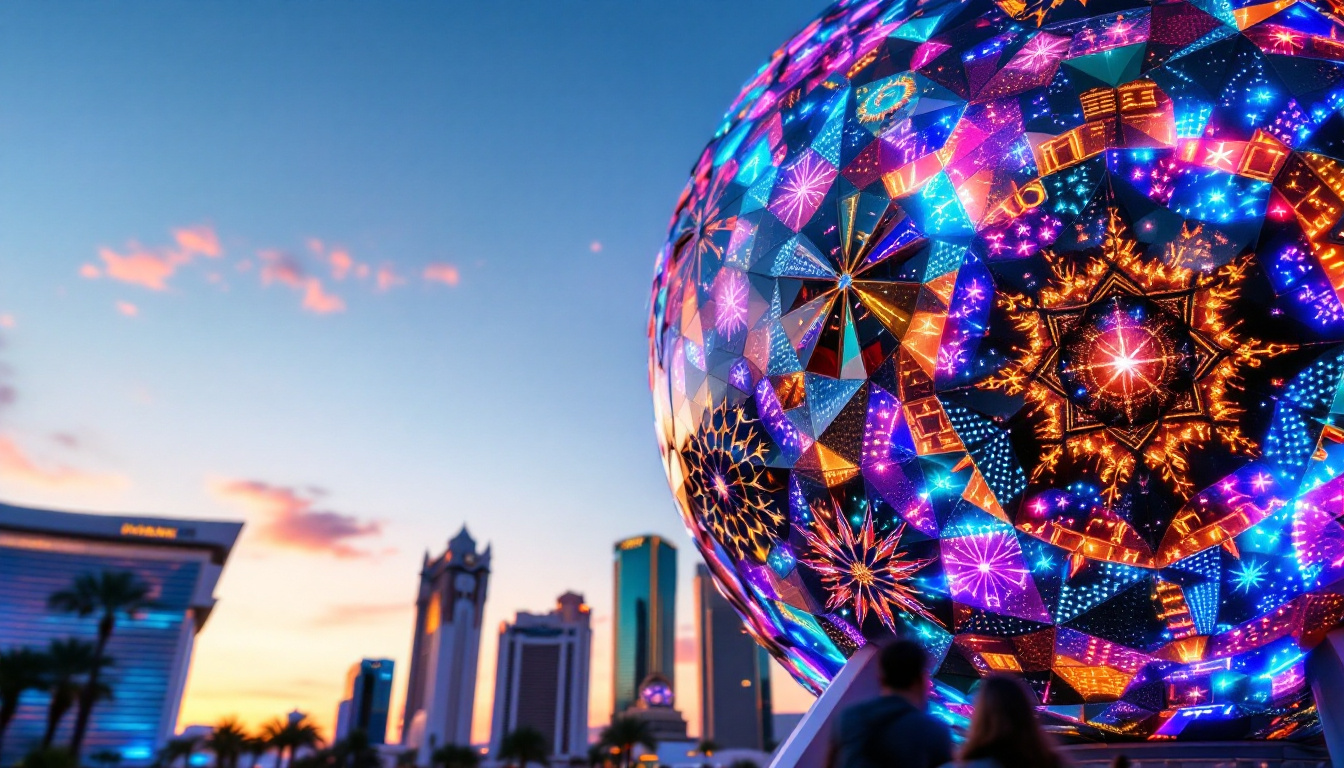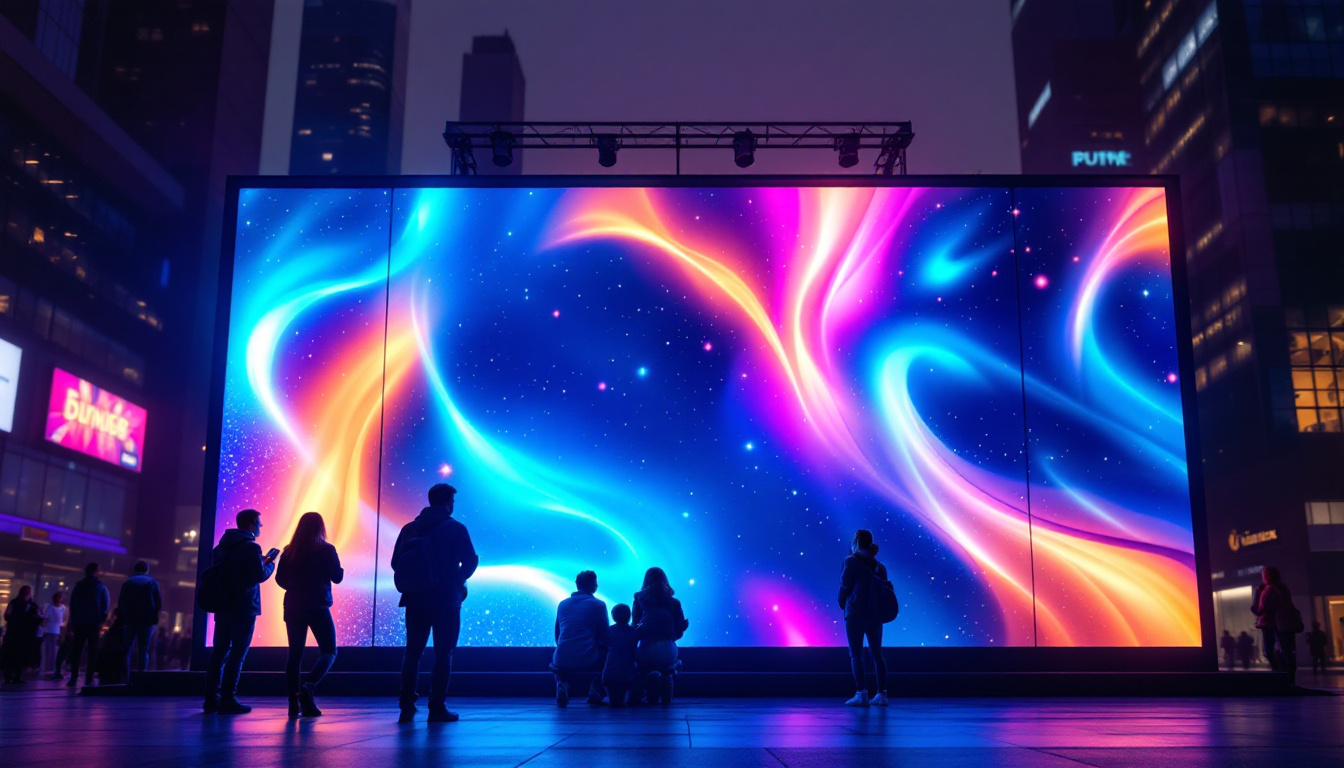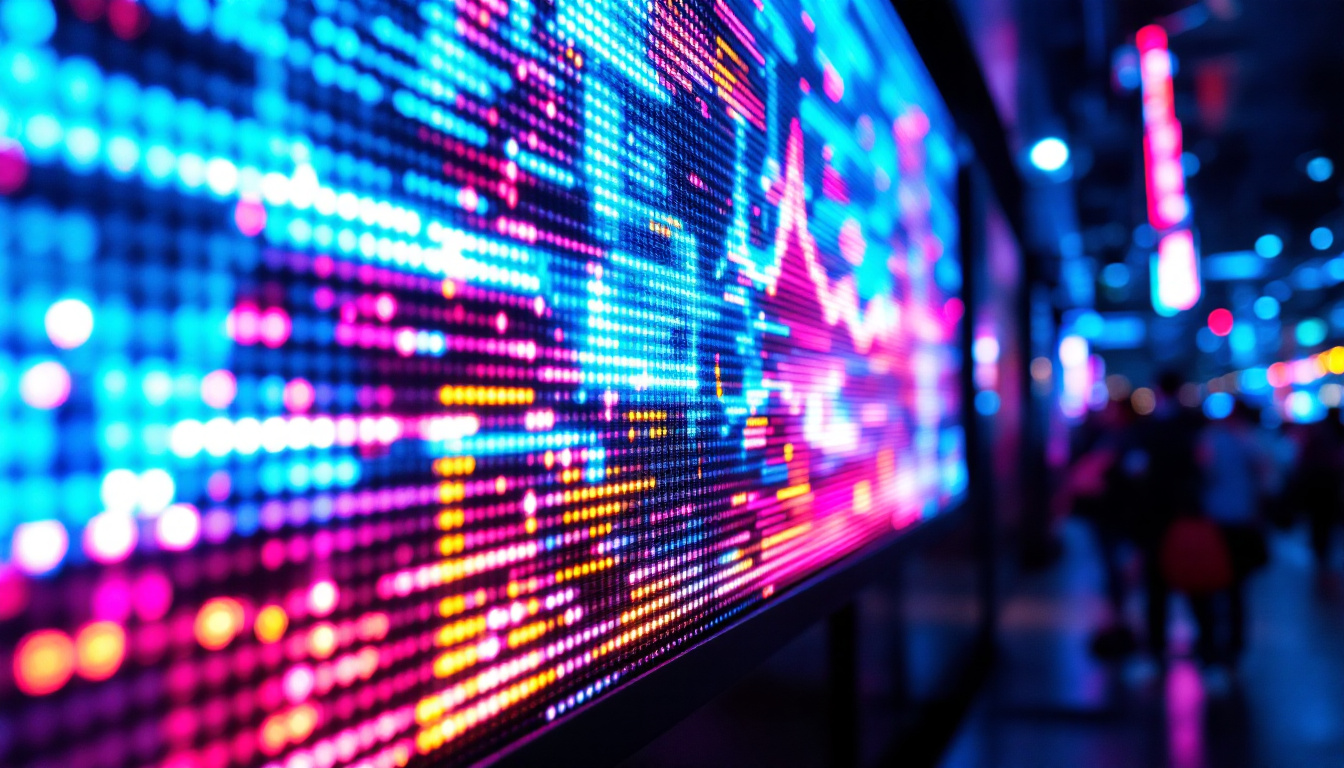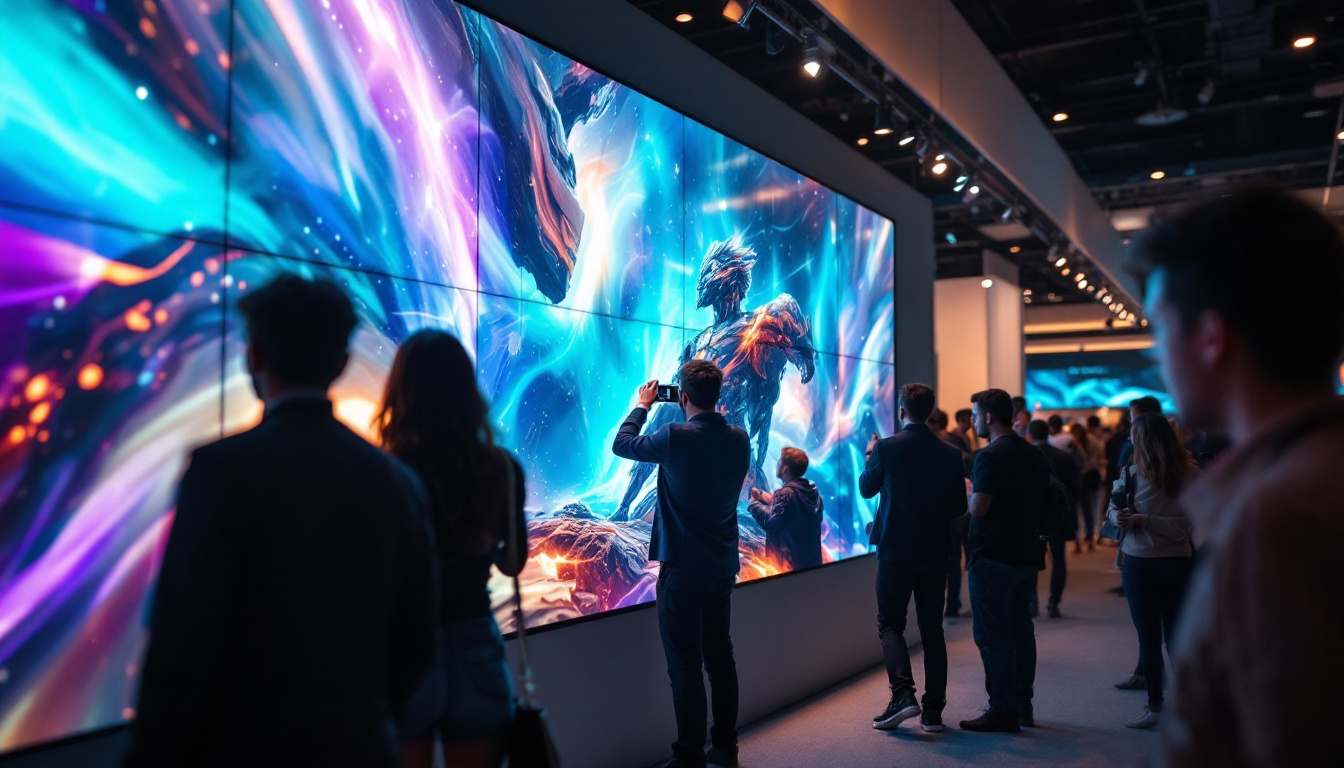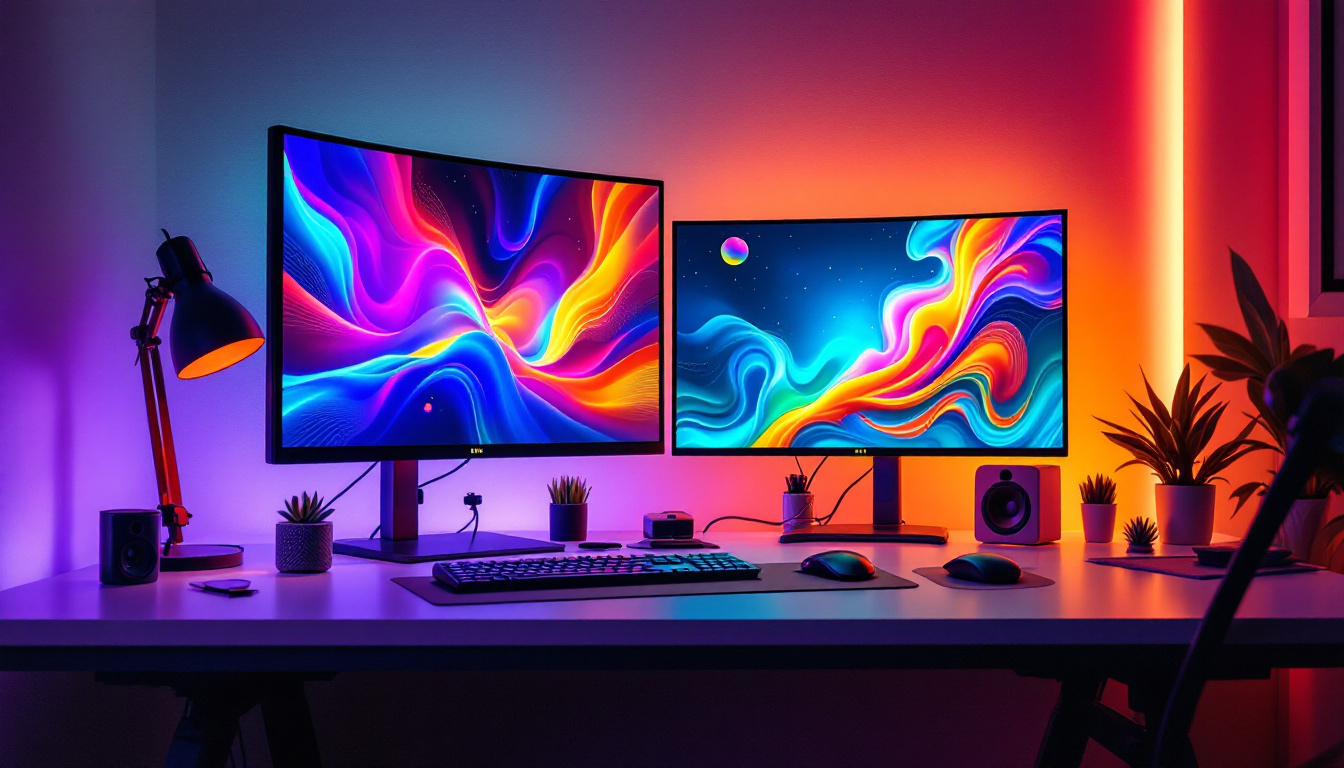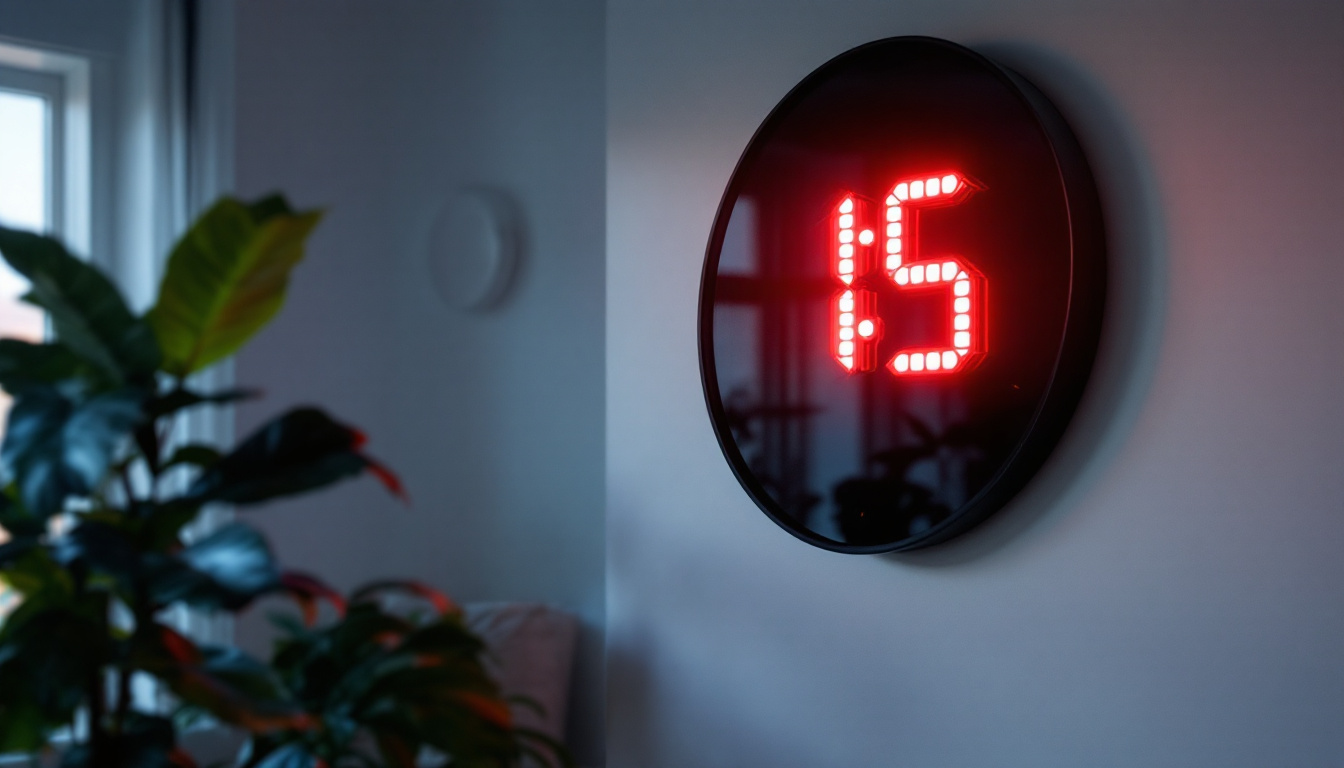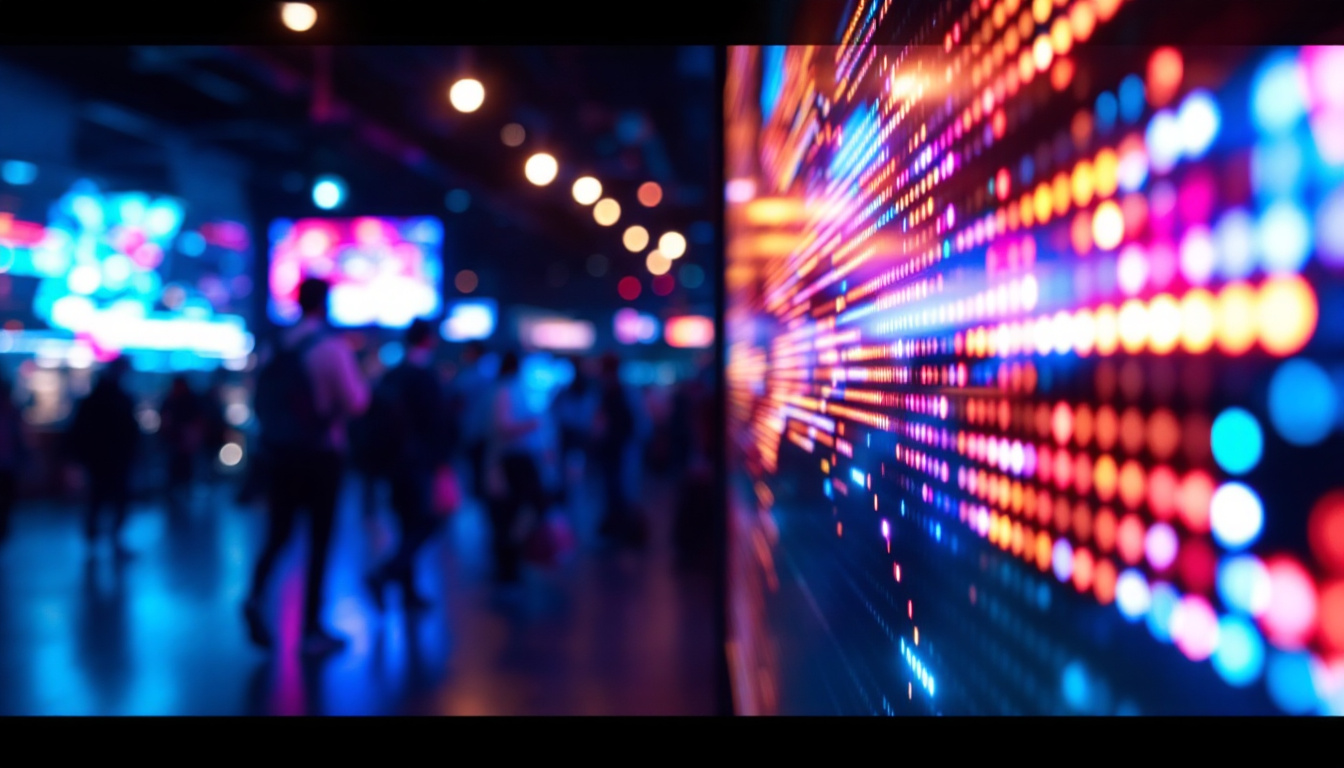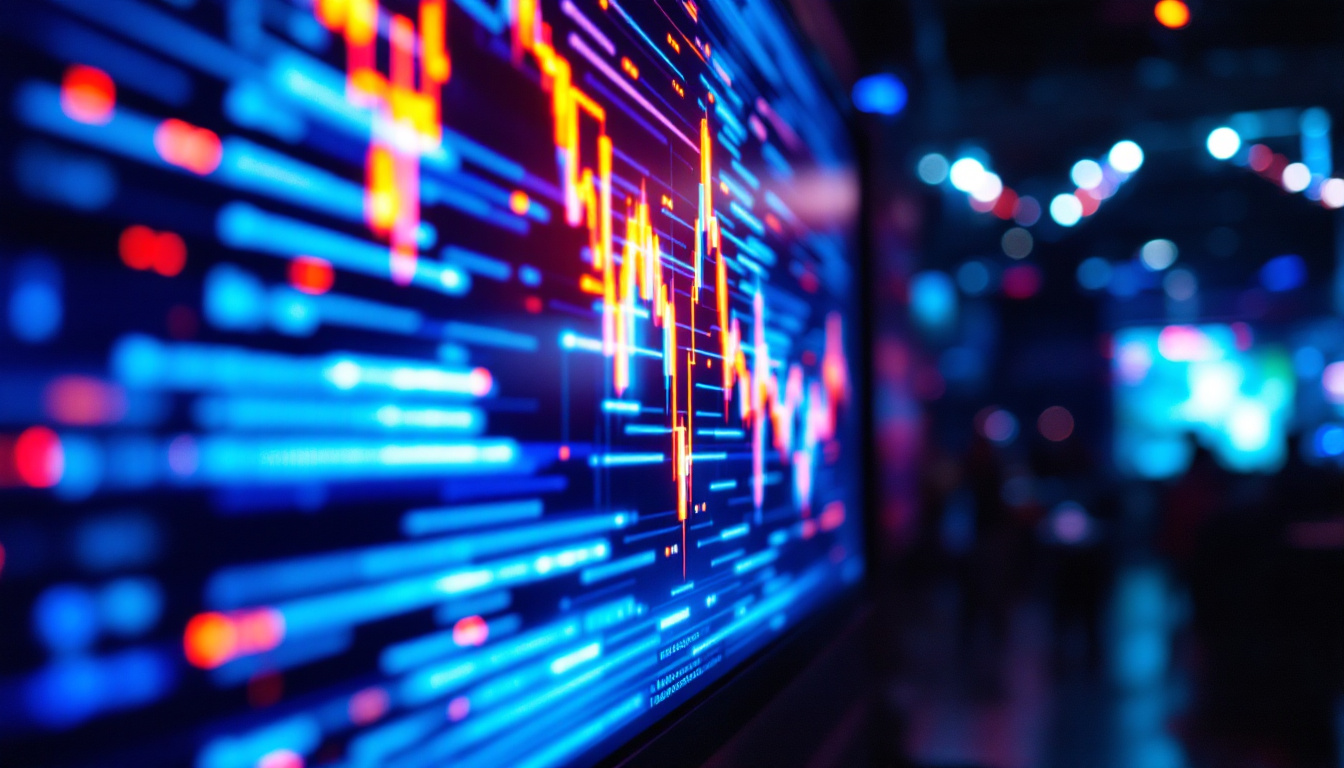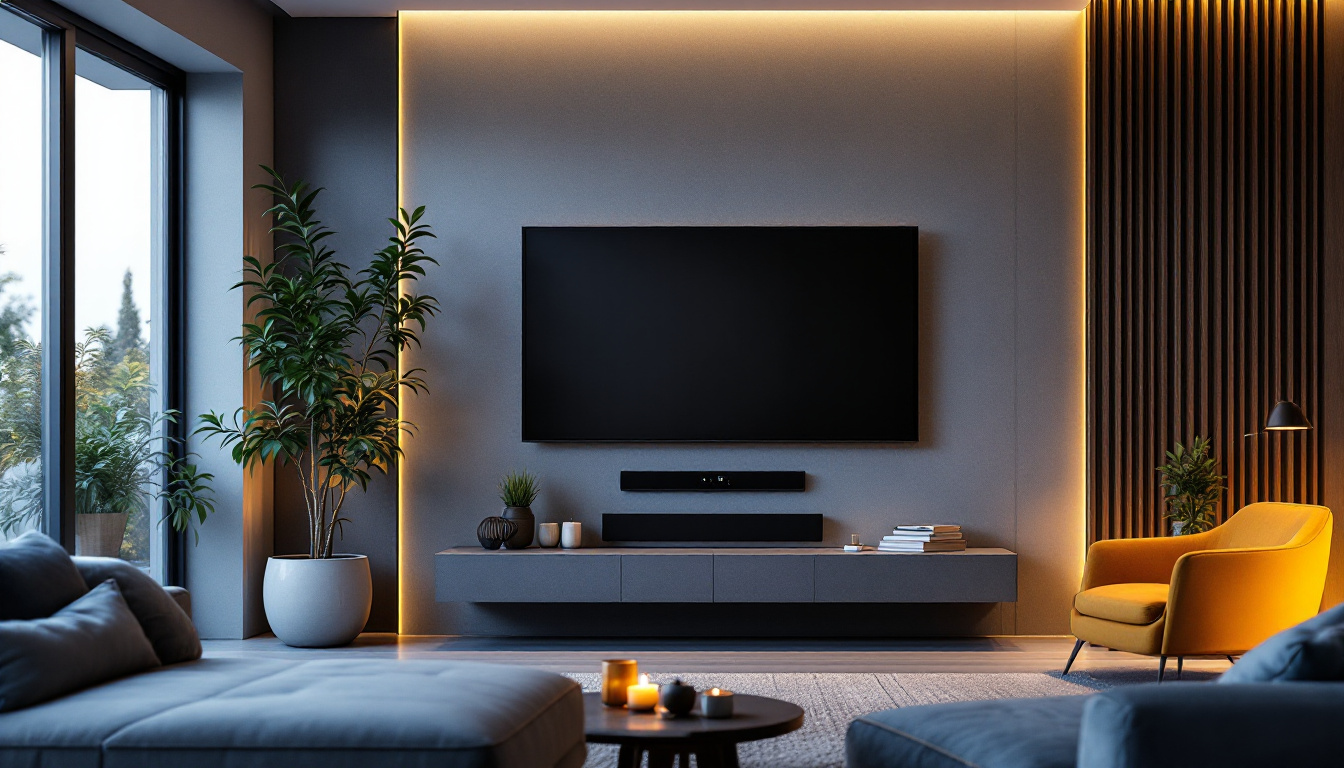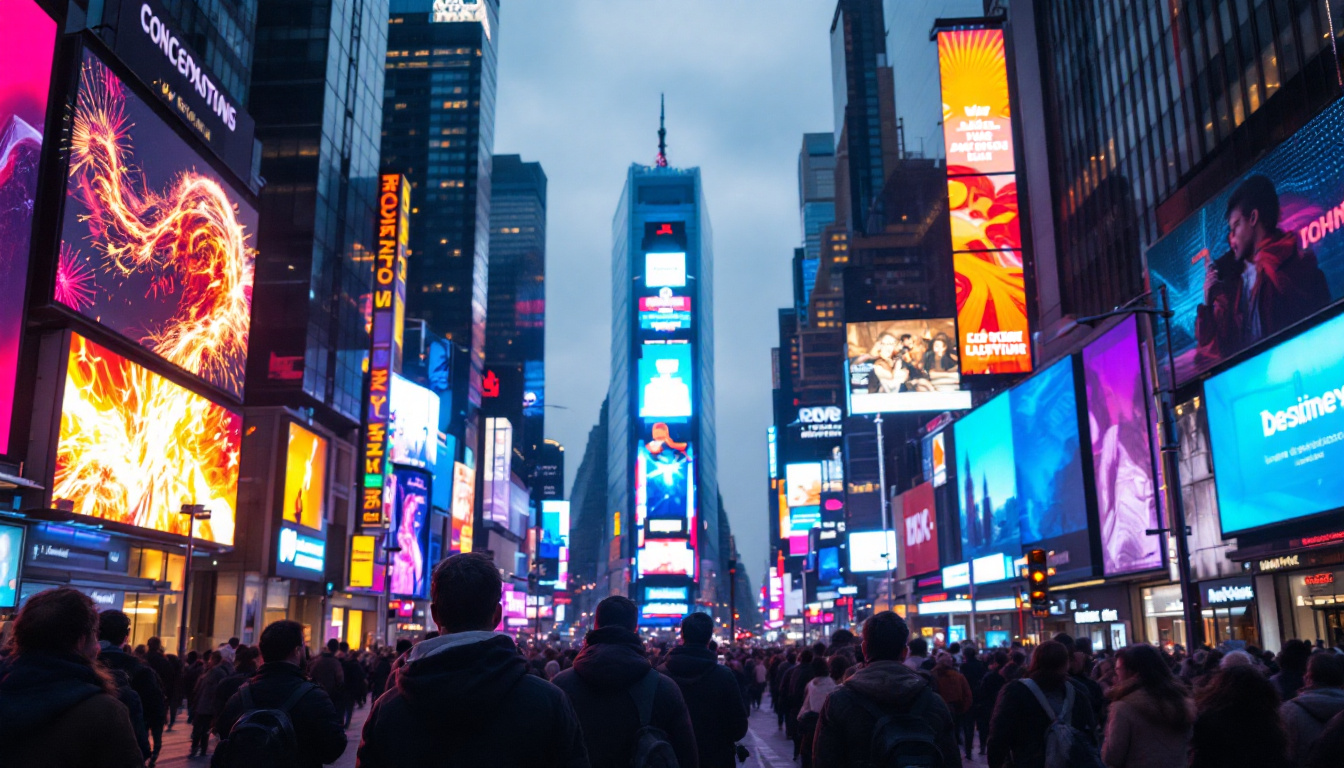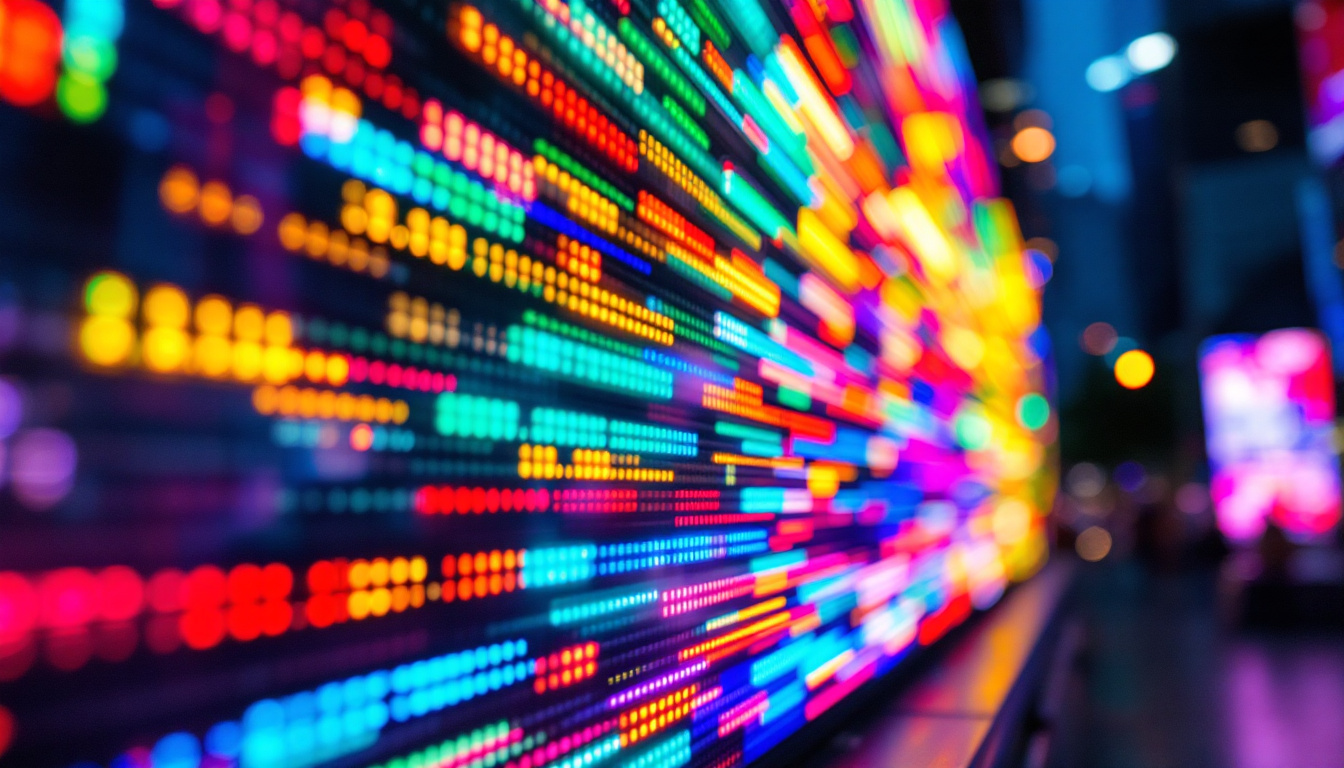In the rapidly evolving world of technology, LED displays have emerged as a cornerstone of visual communication. The Series Ln LED display, in particular, stands out due to its innovative design and versatility. This article delves into the intricacies of the Series Ln LED display, exploring its features, applications, and advantages, as well as the technology that powers it.
Understanding LED Technology
Light Emitting Diodes (LEDs) are semiconductor devices that emit light when an electric current passes through them. This technology has revolutionized the way we display images and videos, offering brighter, more energy-efficient alternatives to traditional display methods. The transition from incandescent bulbs to LEDs has not only reduced energy consumption but has also led to significant advancements in lighting design, allowing for more creative and flexible applications in both residential and commercial spaces.
The Basics of LED Displays
LED displays consist of numerous tiny diodes arranged in a grid format. Each diode can emit red, green, or blue light, and by adjusting the intensity of these colors, a wide spectrum of hues can be produced. This RGB (Red, Green, Blue) model allows for vibrant and dynamic visuals, making LED displays ideal for various applications. The precision in color mixing enables the creation of stunning imagery that can captivate audiences, whether in a concert hall, a sports arena, or a retail environment. Furthermore, the rapid response time of LEDs allows for seamless video playback, enhancing the overall viewing experience.
One of the key advantages of LED technology is its ability to produce high brightness levels. This makes LED displays suitable for both indoor and outdoor settings, where ambient light can significantly impact visibility. Additionally, LED displays are known for their longevity and durability, often outlasting traditional display technologies. The robust nature of LEDs means they can withstand harsh weather conditions, making them a popular choice for outdoor advertising and public information displays. Moreover, the energy efficiency of LEDs contributes to lower operational costs, appealing to businesses looking to reduce their carbon footprint while maintaining high-quality visual output.
Types of LED Displays
LED displays come in various types, each designed for specific applications. The most common types include:
- Direct View LED Displays: These displays are made up of individual LEDs that create the image directly, offering high resolution and brightness.
- LED Backlit Displays: In these displays, LEDs are used as a backlight for LCD screens, enhancing color accuracy and contrast.
- Organic LED (OLED) Displays: OLEDs use organic compounds to emit light, resulting in thinner panels and better color reproduction.
In addition to these common types, there are also specialized LED displays designed for niche applications. For instance, flexible LED displays can be bent or shaped to fit unconventional spaces, making them ideal for creative installations and artistic displays. Transparent LED displays are gaining popularity in retail environments, allowing for eye-catching visuals while maintaining visibility of the products behind them. As technology continues to evolve, we can expect to see even more innovative LED solutions that push the boundaries of design and functionality.
Features of the Series Ln LED Display
The Series Ln LED display is designed with several standout features that enhance its performance and usability. Understanding these features can help businesses and organizations make informed decisions about their display needs.
High Resolution and Image Quality
One of the defining characteristics of the Series Ln LED display is its high resolution. With pixel pitches that can be tailored to specific viewing distances, these displays provide sharp images and clear text, making them suitable for a variety of environments, from corporate settings to entertainment venues.
Furthermore, the Series Ln display utilizes advanced processing technology to enhance image quality. This includes features such as dynamic contrast adjustment and color calibration, ensuring that visuals remain vibrant and true to life, regardless of the content being displayed.
Versatility in Application
The Series Ln LED display is incredibly versatile, making it suitable for a wide range of applications. From advertising and branding to information dissemination in public spaces, these displays can be used effectively in various contexts.
In retail environments, for instance, the Series Ln display can showcase promotional content, dynamic advertisements, and engaging visuals that attract customers. In corporate settings, it can serve as a platform for presentations, video conferencing, and internal communications, enhancing collaboration and information sharing.
Energy Efficiency
Another significant advantage of the Series Ln LED display is its energy efficiency. Compared to traditional display technologies, LED displays consume significantly less power, contributing to reduced operational costs and a smaller carbon footprint. This efficiency is particularly beneficial for businesses looking to minimize expenses while maintaining high-quality visual communication.
Installation and Maintenance
Installing and maintaining an LED display can seem daunting, but the Series Ln is designed with user-friendliness in mind. Understanding the installation process and ongoing maintenance requirements can help ensure optimal performance over time.
Installation Process
The installation of the Series Ln LED display typically involves several key steps. First, a suitable location must be selected, considering factors such as visibility, viewing distance, and ambient light conditions. Once the location is determined, the display is mounted securely, often using specialized brackets or frames designed for the specific model.
After mounting, the display must be connected to a power source and control system. This may involve running cables and configuring software settings to ensure seamless operation. Many manufacturers provide detailed installation guides and support to assist with this process, making it accessible even for those with limited technical expertise.
Routine Maintenance
Maintaining the Series Ln LED display is crucial for ensuring its longevity and performance. Regular cleaning is essential to remove dust and debris that can accumulate on the surface, which may affect image quality. Most manufacturers recommend using a soft, lint-free cloth and a mild cleaning solution to avoid damaging the display.
In addition to cleaning, periodic checks of the display’s components are advisable. This includes inspecting connections, ensuring that the cooling system is functioning properly, and updating software as needed. Many modern LED displays come equipped with diagnostic tools that can alert users to potential issues before they become significant problems.
Applications of the Series Ln LED Display
The versatility of the Series Ln LED display allows it to be utilized in a myriad of applications across different industries. Its ability to convey information effectively makes it a valuable asset in both commercial and public settings.
Advertising and Marketing
In the advertising sector, the Series Ln LED display serves as a powerful tool for engaging customers. Its vibrant colors and high resolution make it ideal for showcasing advertisements, promotions, and brand messaging. Businesses can leverage the dynamic nature of LED displays to create eye-catching content that captures the attention of passersby.
Moreover, the flexibility of LED displays allows for real-time updates, enabling businesses to change their messaging based on current promotions or events. This adaptability is particularly beneficial in fast-paced environments where timely communication is essential.
Public Information Displays
Public spaces, such as airports, train stations, and shopping malls, often utilize the Series Ln LED display to convey important information to visitors. These displays can provide real-time updates on schedules, directions, and safety announcements, enhancing the overall experience for users.
In addition to information dissemination, LED displays can also serve as platforms for public service announcements, community events, and emergency alerts, making them an integral part of modern urban infrastructure.
Entertainment and Events
The entertainment industry has embraced LED technology, with the Series Ln display playing a pivotal role in concerts, festivals, and sporting events. These displays can be used to create immersive experiences, showcasing visuals that complement live performances or broadcasts.
From large-scale outdoor displays at music festivals to smaller installations in theaters, the Series Ln LED display enhances the audience’s experience, creating a captivating atmosphere that draws people in and keeps them engaged.
Future Trends in LED Display Technology
The world of LED display technology is continually evolving, with new advancements on the horizon. As the demand for high-quality visual communication grows, several key trends are emerging that could shape the future of LED displays, including the Series Ln.
Advancements in Resolution
As technology progresses, the demand for higher resolution displays is increasing. Future iterations of the Series Ln LED display may feature even tighter pixel pitches, allowing for greater detail and clarity. This advancement will be particularly beneficial in applications where close viewing is common, such as in retail environments or control rooms.
Integration with Smart Technology
Smart technology integration is another trend that is likely to influence the future of LED displays. As the Internet of Things (IoT) continues to expand, the ability to connect LED displays to other smart devices and systems will enhance functionality. This could include features such as automated content updates based on audience demographics or environmental conditions.
Eco-Friendly Innovations
With growing concerns about environmental sustainability, future LED displays may incorporate eco-friendly materials and energy-efficient technologies. This could include the use of recyclable components, improved energy management systems, and designs that minimize waste during production and installation.
Conclusion
The Series Ln LED display represents a significant advancement in visual communication technology. With its high resolution, versatility, and energy efficiency, it is well-suited for a wide range of applications, from advertising to public information dissemination. As technology continues to evolve, the Series Ln LED display is poised to remain at the forefront of innovation, adapting to meet the changing needs of businesses and consumers alike.
Understanding the features, installation, maintenance, and future trends associated with the Series Ln LED display can empower organizations to make informed decisions about their visual communication strategies. As the demand for engaging and effective displays continues to grow, embracing LED technology will undoubtedly be a key factor in achieving success in various industries.
Discover LumenMatrix LED Display Solutions
Ready to elevate your visual communication with cutting-edge LED technology? Explore LumenMatrix’s comprehensive range of LED display solutions, designed to captivate your audience and amplify your message. From vibrant Indoor LED Walls to dynamic Outdoor LED Displays, and from versatile Vehicle LED Displays to innovative Custom LED Solutions, LumenMatrix is at the forefront of digital signage innovation. Experience the future of visual engagement with our state-of-the-art LED displays. Check out LumenMatrix LED Display Solutions today and transform your space into a visual spectacle.

